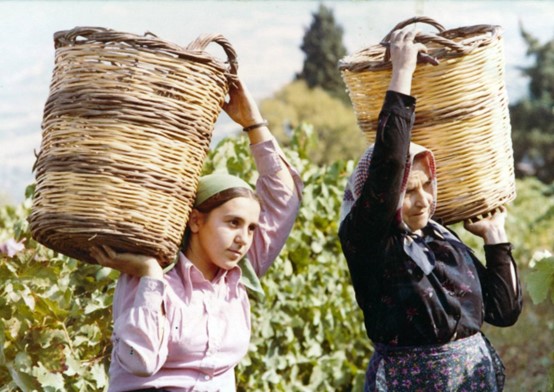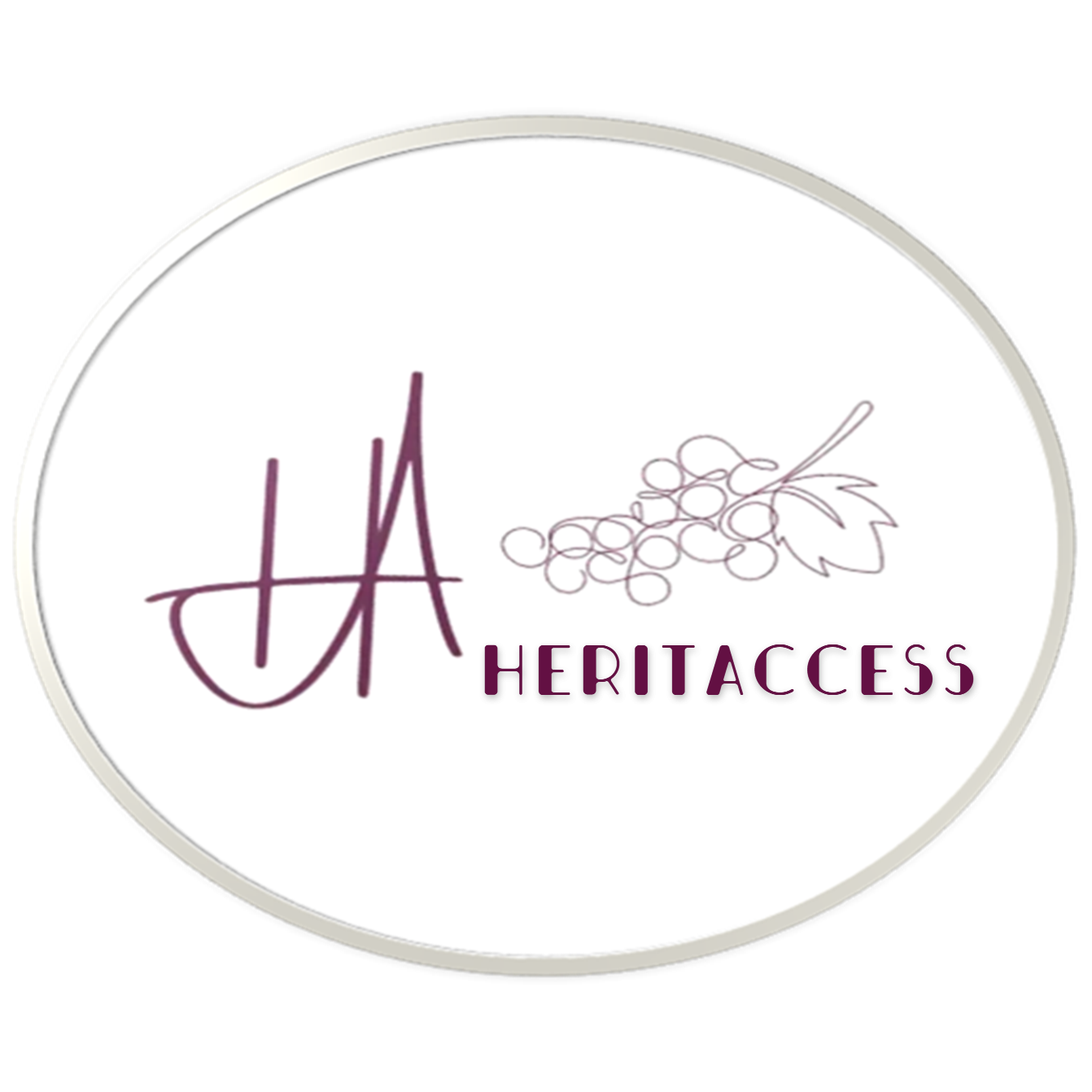The Greek rural landscape is a rich cultural asset that reflects the history, traditions and the deep connection of people with the land. The agricultural landscape in Greece has been shaped by thousands of years of agricultural practices, as the Greeks since antiquity were skilled farmers. They used to cultivate crops such as olives, grapes and cereals. The olive, wheat and vine are key features of the Greek rural landscape, as they are linked to the productive identity of the land. However, the concept of the agricultural sector is quite broad and does not only concern the primary sector and the production of agricultural products.
Bazaars, local markets, the squares of traditional villages, traditional fountains and springs and other natural resource management systems such as forests, vegetation, etc., are also part of the Greek rural landscape. Also, many Greek villages celebrate annual festivals that revolve around agricultural activities, such as grape harvesting festivals and olive festivals. These events showcase local traditions, music, dance, and culinary specialties. In addition, the paths, the masterpieces of folk architecture, all kinds of rural buildings and wineries, together with local food habits and traditions, constitute a network of tangible and intangible rural heritage deeply rooted in space and time, as they constitute the identity of the region.
In recent decades, cultural and rural tourism activities have become very popular, through festivals to promote local products and traditional gastronomy, programmes to promote productive areas and settlements as places with new uses, etc. Rural areas are now considered a public good, which local communities must manage in the context of sustainable local development. However, due to a lack of initiatives, it is important that rural heritage sites are promoted and access to them is enhanced, using digital technology, especially for elderly and people with disabilities.

Text and image by Marfenia Gerogioka, University of Thessaly

